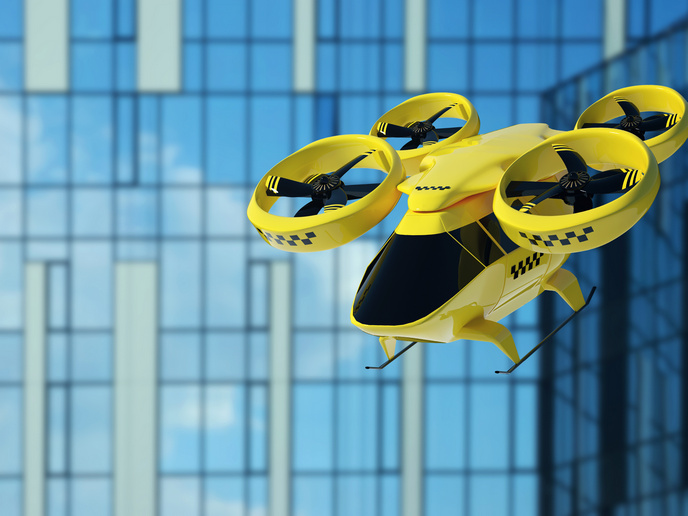Wing tips that deform on demand
Even small changes in drag can have major impact on the air transport industry’s environmental impact given the high volume of traffic. Winglets (small wings on the tip of wings) have been around for a while. Scientists are now re-inventing them to be adaptive, changing their shape via an actuator system to achieve optimal shape throughout each flight. EU-funded researchers developed a novel morphing winglet concept within the context of the project 'Control and alleviation of loads in advanced regional turbo fan configurations' (CLARET). Using mathematical models, scientists determined the appropriate trade-off between aerodynamic performance and system weight and investigated performance characteristics. The team then defined the range of wing-tip parameters to be studied. Investigators also determined that two separate systems would be required to achieve all required winglet shapes. An off – the – shelf actuator was chosen. Researchers employed an advanced aeroelastic finite element model to determine the system’s response under a variety of static and dynamic gust loads. Outcomes led scientists to stiffen some parts of the wing-tip for better performance. Device inclusion increased range by up to 5 % and decreased gust load between 2 and 4 % with changes in the morphing winglet shape. Thus, this two-year project provided evidence supporting the use of the morphing winglet concept to enhance aircraft performance while reducing the environmental impact of flight. Eventual commercialisation of the concepts will aid the EU in achieving ambitious goals for the greening of air transport. In parallel, the advanced technology will boost the competitive position of the EU aircraft manufacturing industry.
Keywords
Aircraft, morphing wing, winglet, adaptive, actuator, turbo fan, wing-tip







